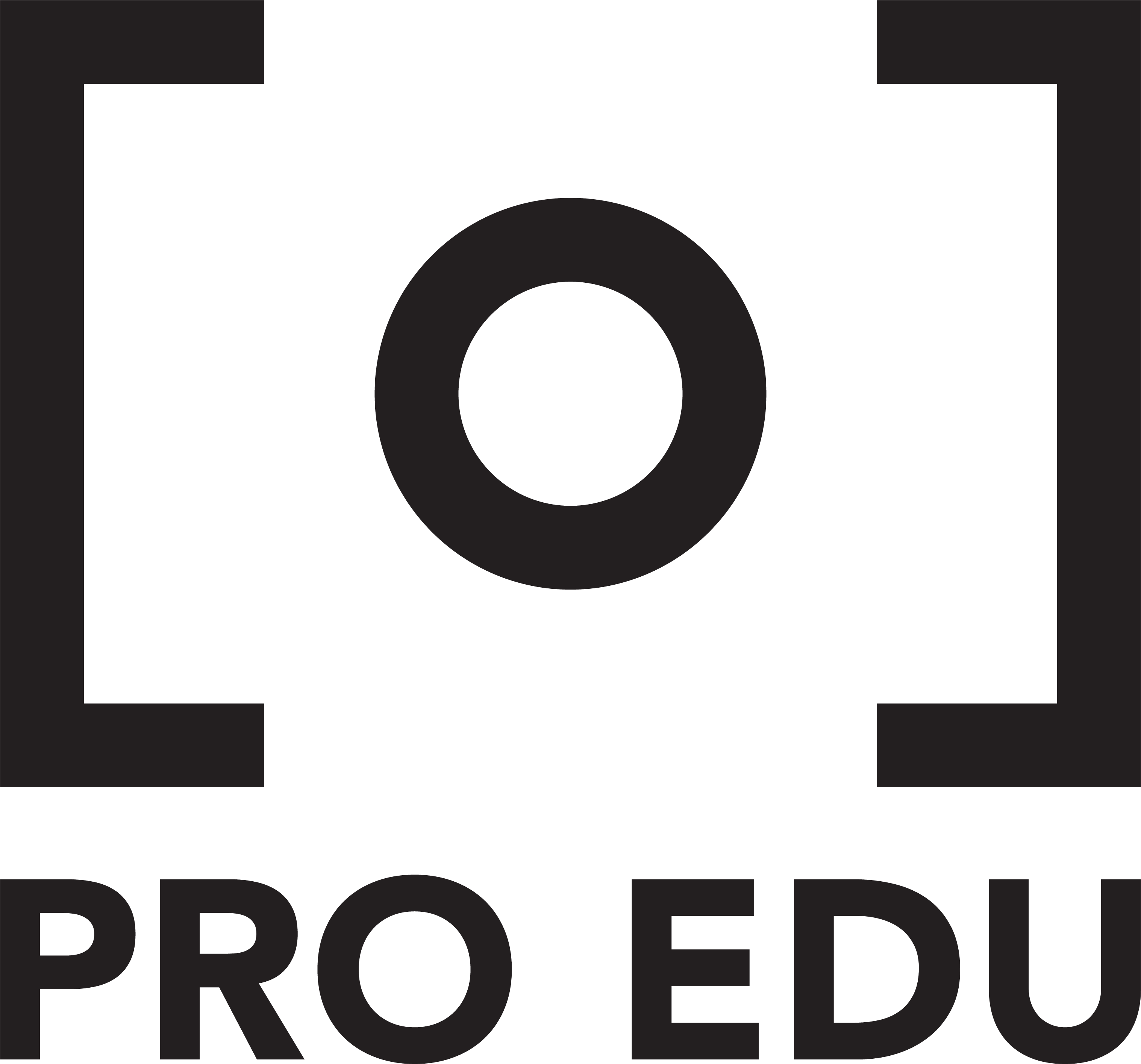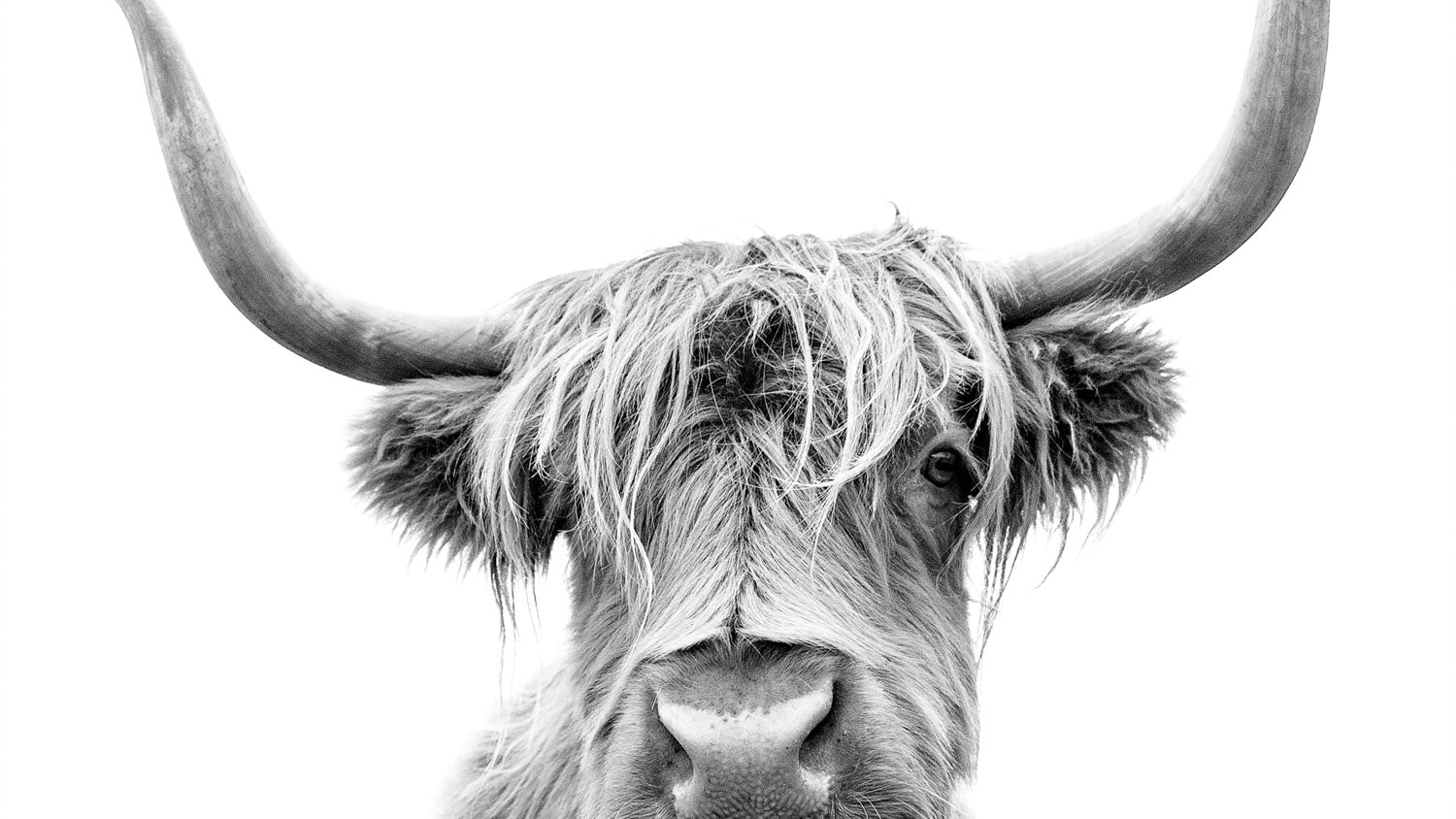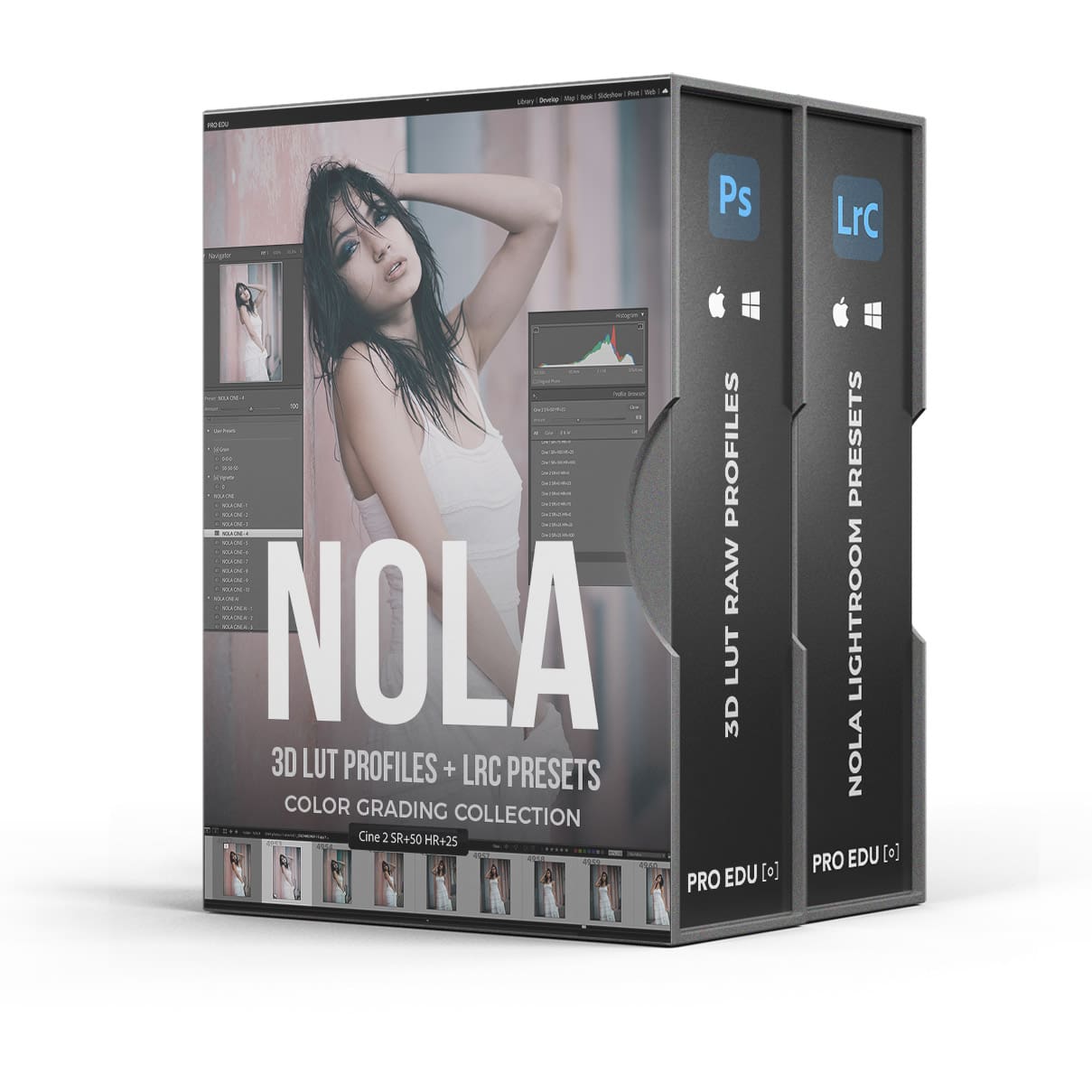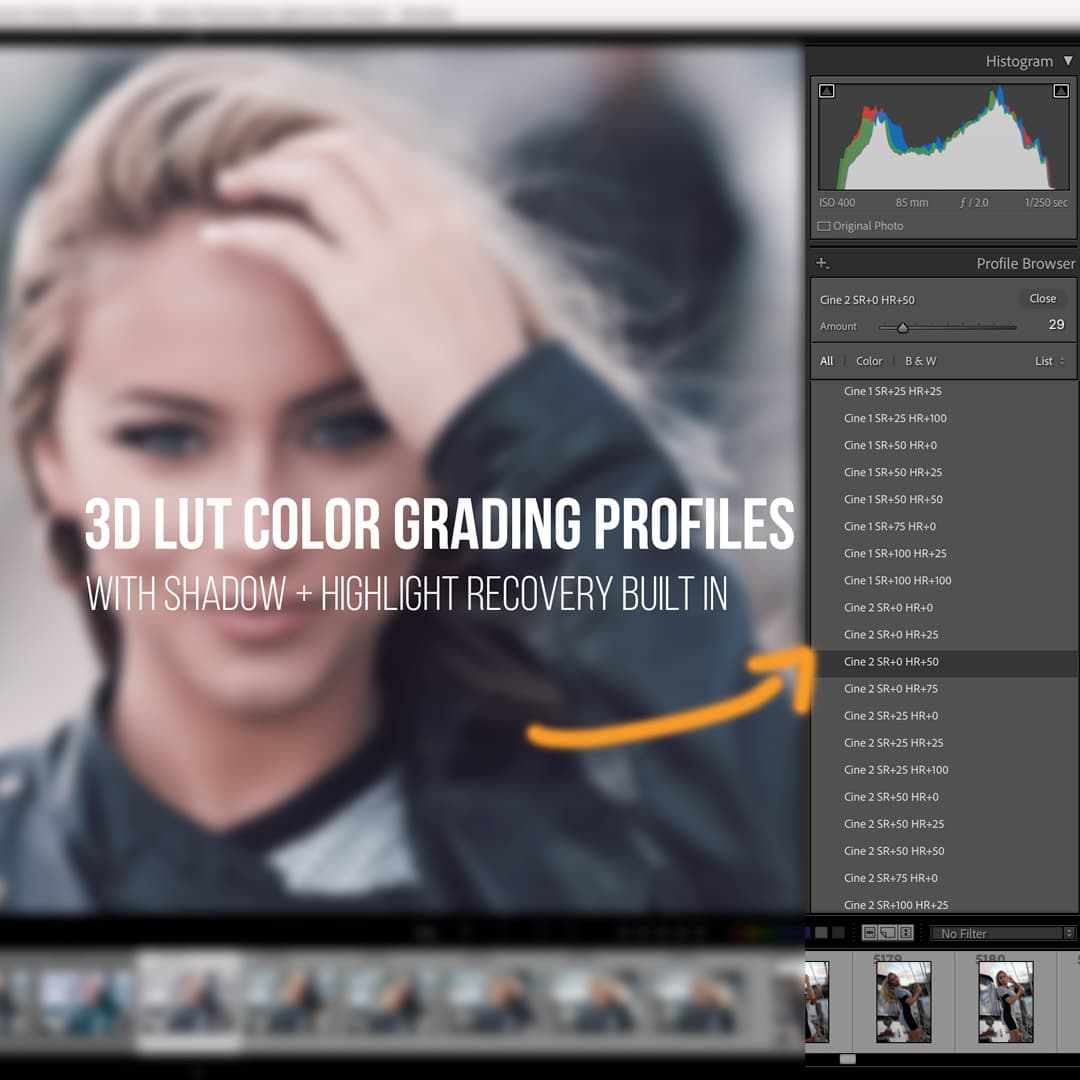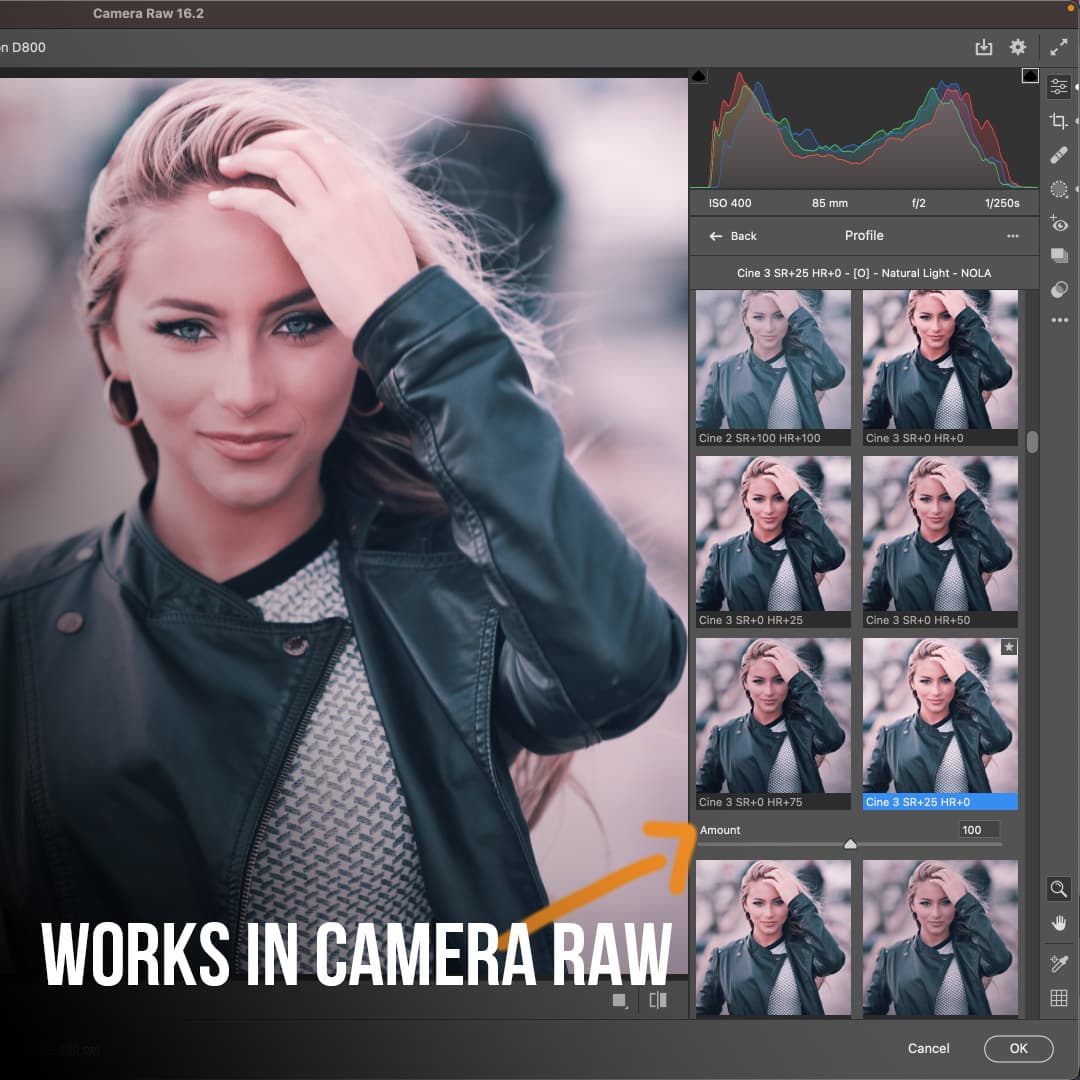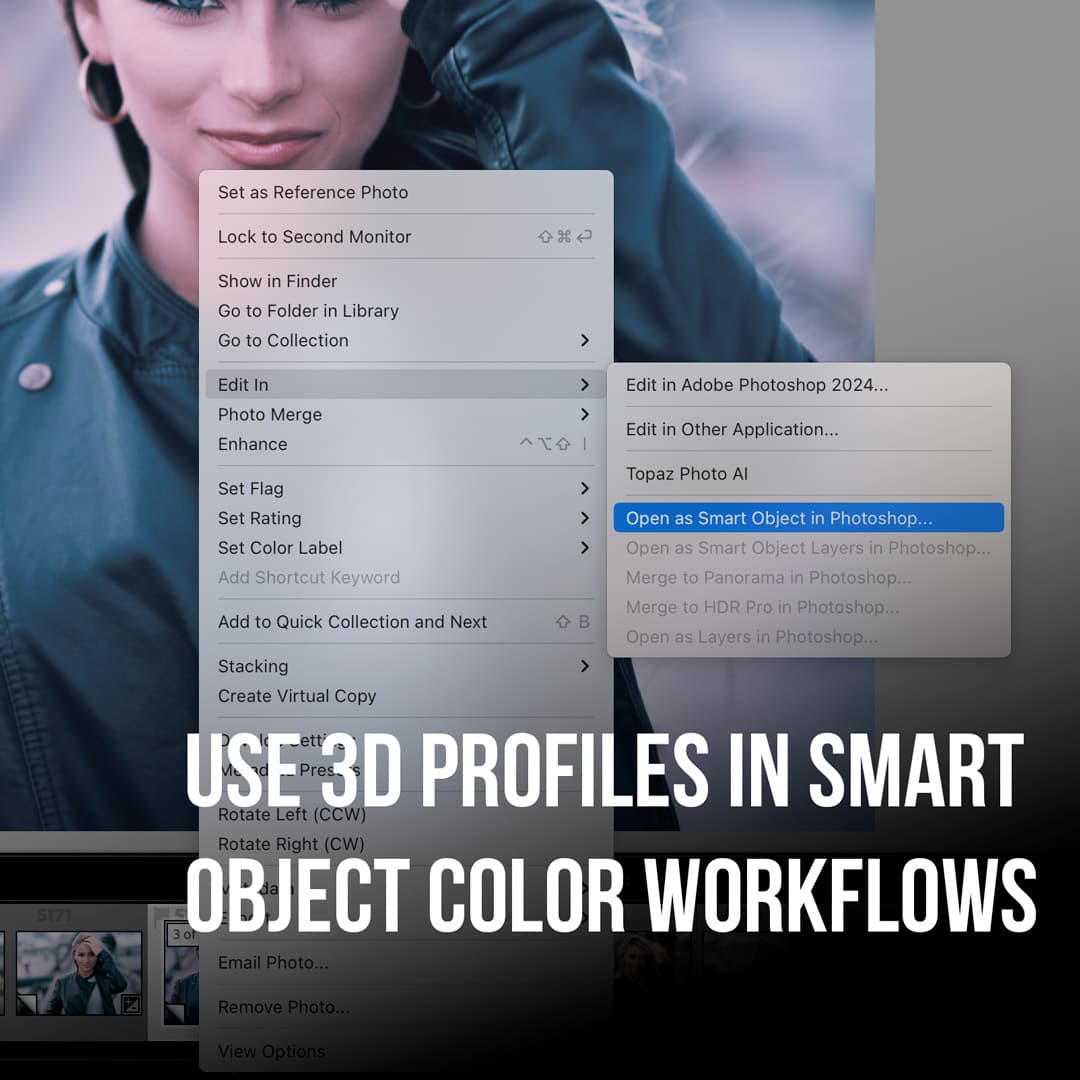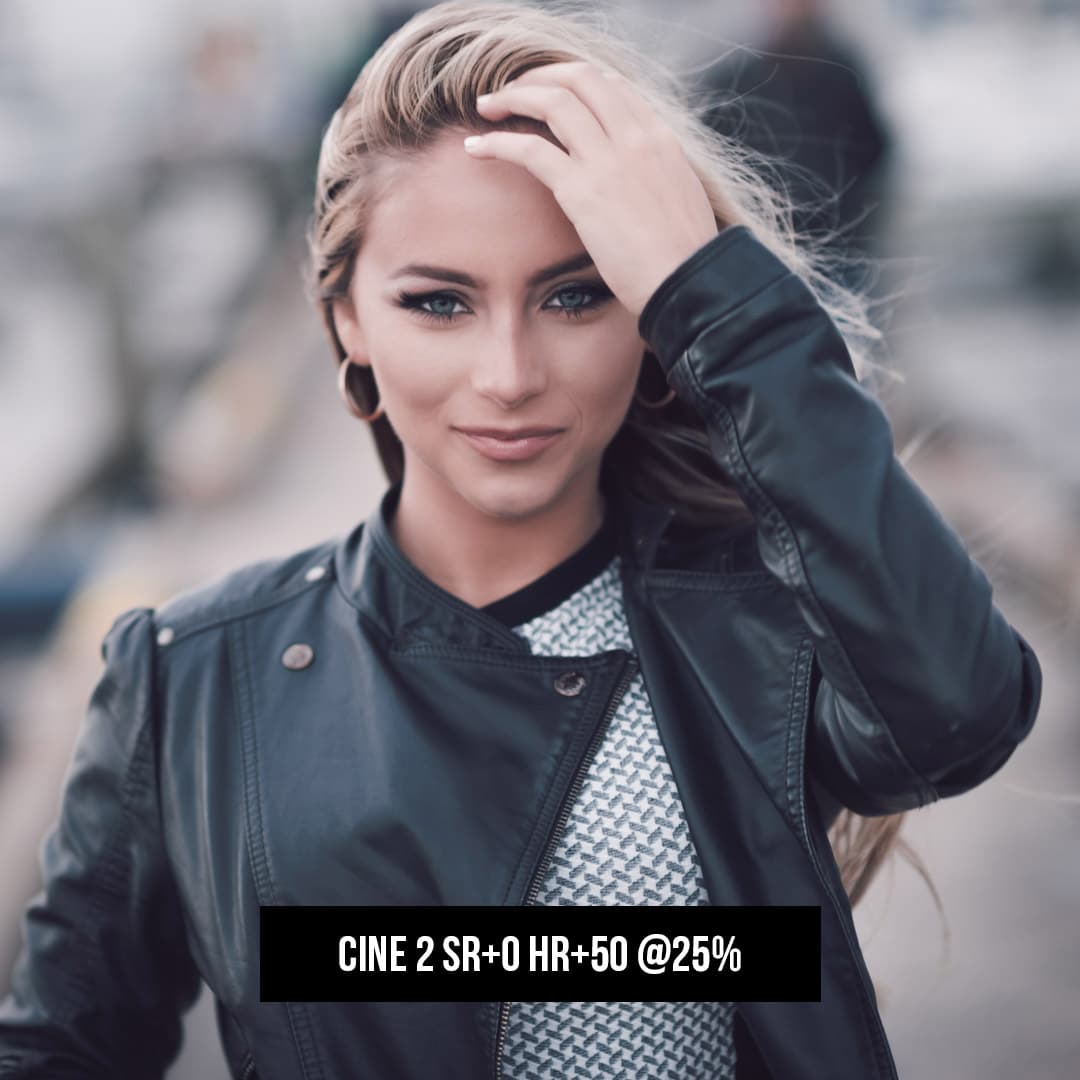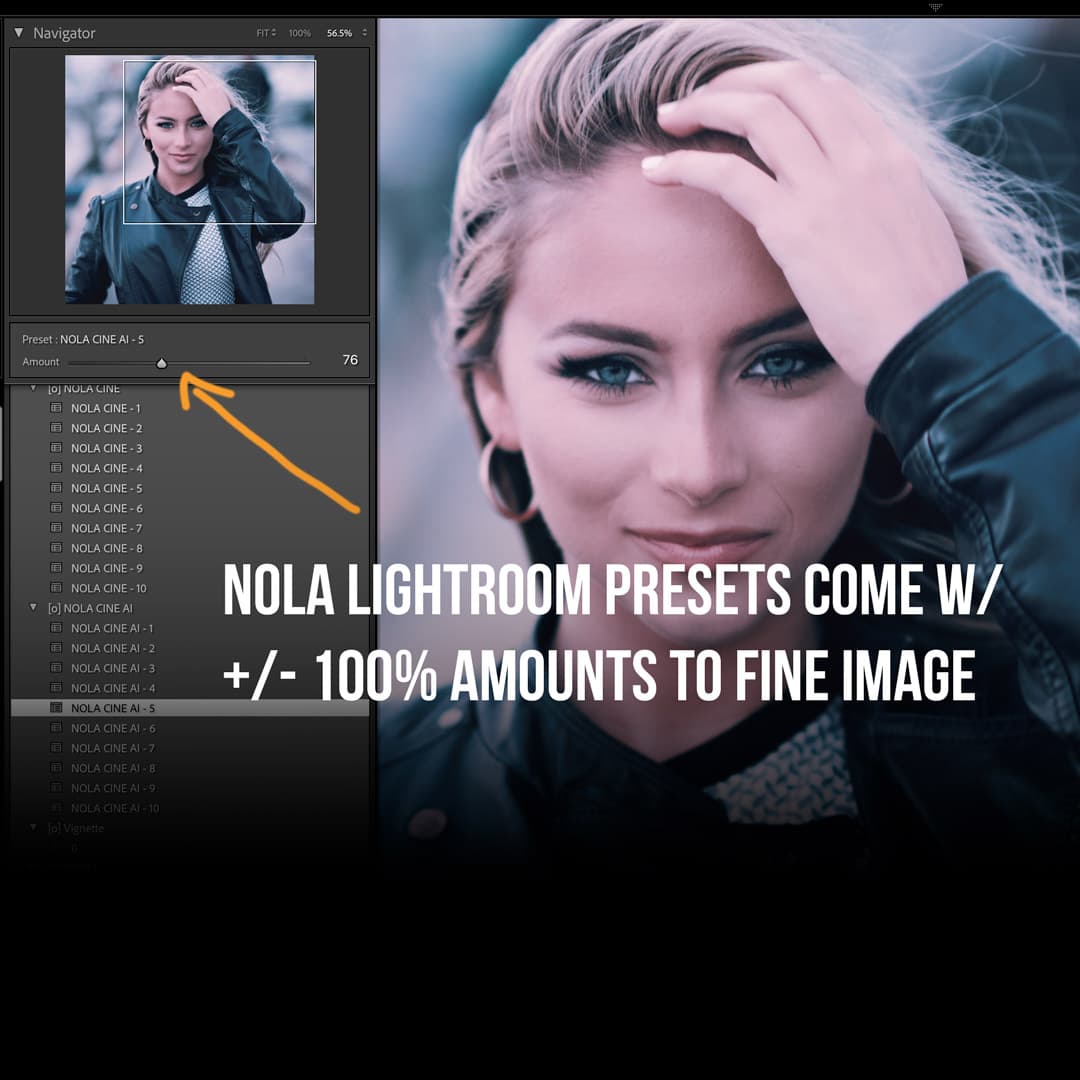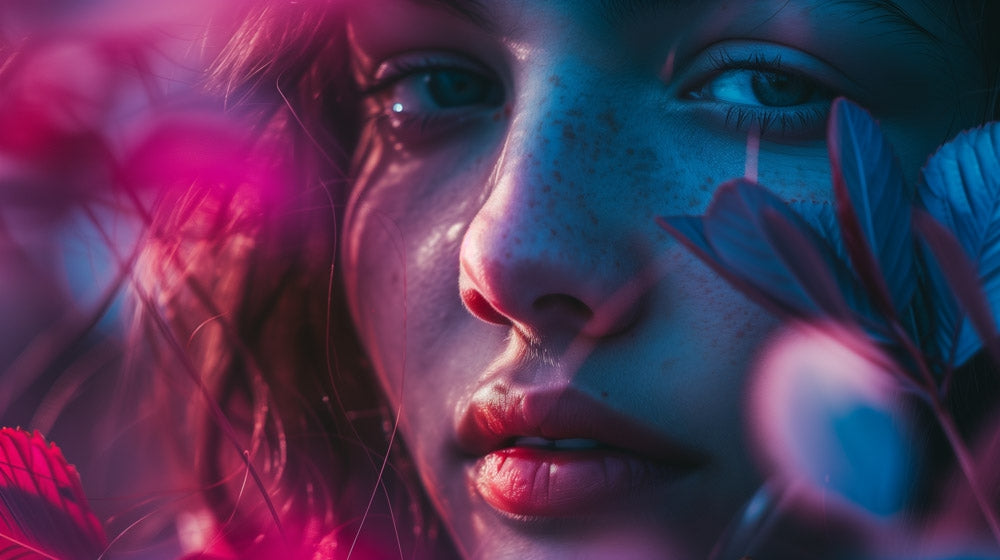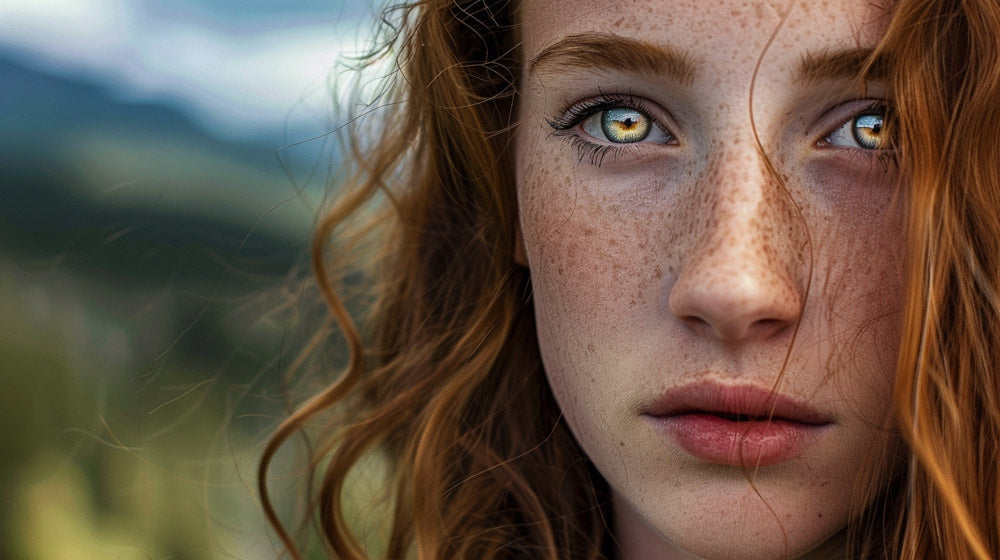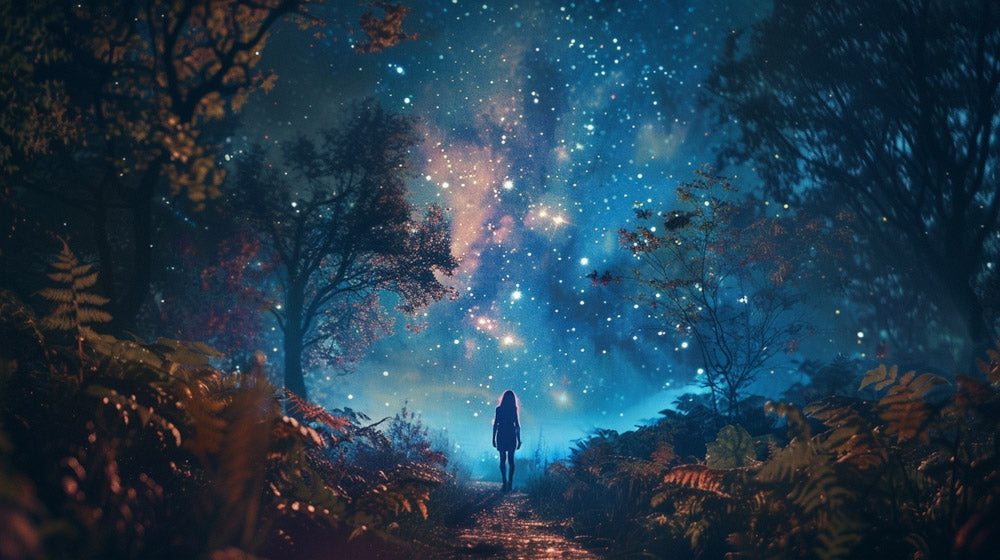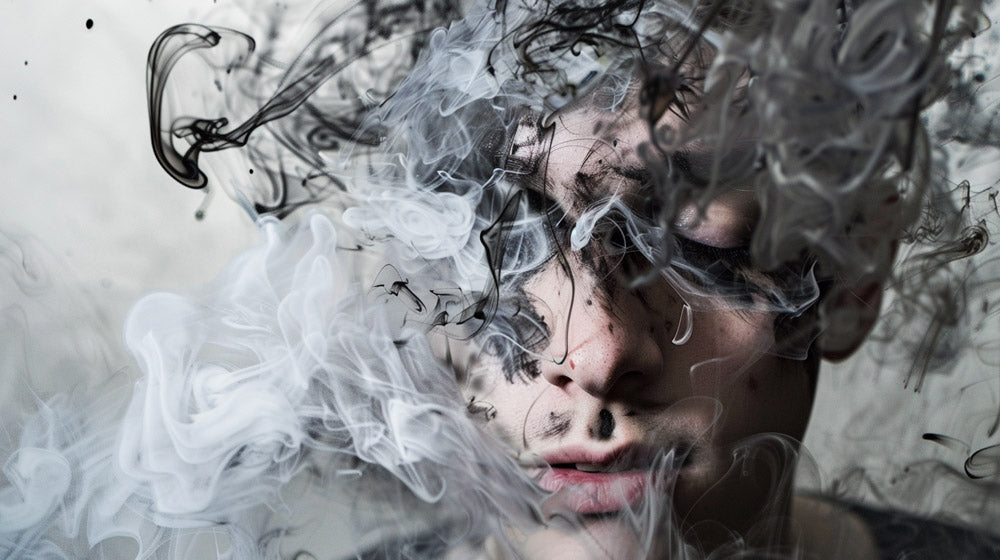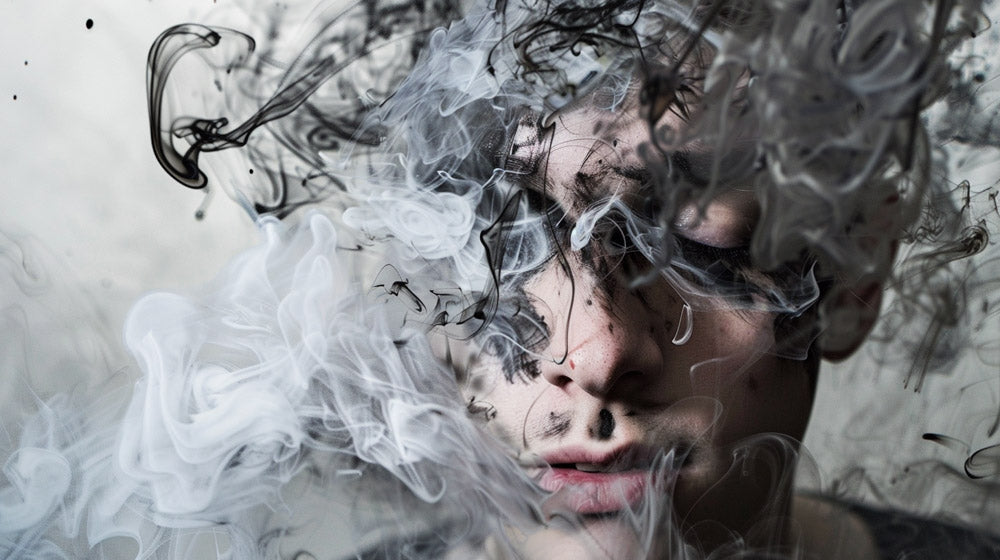Nature product photography combines the beauty of the outdoors with the art of showcasing items for sale. This unique approach allows photographers to capture products in their natural element, creating captivating images that resonate with viewers.
By utilizing natural light and outdoor settings, photographers can create stunning product shots. These shots highlight the item's features while evoking a sense of authenticity and connection to the environment.
We'll explore techniques for shooting products using natural light. We'll split the guide into sections on finding the perfect location and adjusting camera settings for optimal results.
We'll also discuss creative ways to incorporate natural elements into your product shots, enhancing their visual appeal and storytelling potential.
Whether you're a beginner looking to improve your skills or a seasoned professional seeking fresh ideas, this guide will provide valuable insights into creating great product photographs with natural light. We'll cover everything from equipment essentials to composition tips, helping you elevate your nature product photography to new heights.
Key Takeaways
- Natural light and outdoor settings can create authentic, captivating product images
- Proper camera settings and location scouting are crucial for successful nature product photography
- Creative composition and styling techniques enhance the visual appeal of outdoor product shots
Understanding Product Photography Fundamentals
Product photography requires mastering key technical and artistic concepts. Proper use of natural light and camera settings are essential for capturing stunning images that showcase products in their best light.
Key Concepts in Product Photography
Product photography involves several crucial elements. We must consider composition, lighting, and technical settings to create appealing images.
Depth of field is vital for controlling which parts of the product are in focus. We adjust this using aperture settings on our camera.
A wider aperture (smaller f-number) creates a shallower depth of field, ideal for highlighting specific product features.
Shutter speed affects motion blur and exposure. For static products, we typically use slower speeds.
ISO determines the camera sensor's light sensitivity. We keep it low to minimize noise in well-lit conditions.
The Importance of Natural Light
Natural light product photography offers unique advantages. It provides a soft, even illumination that can beautifully showcase products.
We often shoot near large windows to harness diffused daylight. This creates gentle shadows and highlights, revealing product textures and contours effectively.
Cloudy days offer ideal conditions, acting as a giant softbox. We avoid harsh midday sun, which can cast unflattering shadows.
Reflectors help us control natural light, filling in shadows or adding highlights as needed. White foam boards work well for this purpose.
Timing is crucial. We plan shoots around the best light conditions, typically early morning or late afternoon for soft, warm tones.
Equipment Essentials
Choosing the right gear is crucial for capturing stunning nature product photos. We'll explore essential camera equipment and additional tools to elevate your photography.
Selecting the Right Camera and Lens
The foundation of nature product photography lies in choosing an appropriate camera and lens combination. A high-quality DSLR or mirrorless camera with manual controls offers versatility and image quality.
We recommend full-frame sensors for their superior low-light performance and dynamic range.
For lenses, a macro lens is indispensable for close-up shots of small products or intricate details. A 100mm macro lens provides excellent working distance and magnification.
A standard zoom lens (24-70mm) is also valuable for wider shots and product arrangements.
Investing in a sturdy tripod is essential. It ensures sharp images, especially in low light conditions or when using slower shutter speeds for creative effects.
Additional Tools for Enhanced Photography
Beyond the camera and lens, several tools can significantly improve your nature product photos. A set of reflectors and diffusers helps manipulate light, softening harsh shadows or adding highlights to product details.
Portable LED lights offer flexibility in controlling lighting conditions, especially when natural light is insufficient. They're compact and can create appealing highlights on products.
A remote shutter release minimizes camera shake, crucial for sharp macro shots. For outdoor shoots, we recommend weather-resistant gear covers to protect your equipment from unexpected elements.
Lastly, don't overlook the importance of a color calibration tool. It ensures accurate color representation, vital for product photography where color fidelity is key.
Mastering Lighting and Composition
Lighting and composition form the foundation of captivating nature product photography. These elements work together to create images that showcase products in their natural environment with stunning visual impact.
Utilizing Natural Light in Product Photography
Natural light is a powerful tool for nature product photography. We recommend shooting during the golden hour for warm, soft lighting that enhances textures and colors.
Diffused light on overcast days can also produce excellent results, minimizing harsh shadows.
To control natural light, we use reflectors or diffusers. These tools help balance exposure and highlight product details.
For outdoor shoots, we position products to take advantage of directional light, creating depth and dimension.
Backlighting can create pleasing reflections and a ethereal glow around products. We experiment with different angles to find the most flattering light for each item.
Composition Techniques for Striking Images
Lighting is not the only key to captivating nature product photos. Composition also plays a crucial role in creating visually appealing images.
The rule of thirds is a fundamental principle in nature product photography. We place key elements along imaginary grid lines to create balanced, visually appealing compositions.
Flat lay photography is ideal for showcasing multiple products or creating lifestyle scenes. We arrange items carefully, paying attention to negative space and product relationships.
For individual product shots, we often use a shallow depth of field. This technique draws focus to the product while softly blurring the natural background. It creates a sense of depth and helps the product stand out.
We vary our perspective, shooting from low angles to make products appear more imposing or from above for a bird's-eye view. Experimenting with different focal lengths allows us to capture both wide environmental shots and detailed close-ups.
Setting Up the Perfect Shot
Creating a captivating product image requires careful preparation and attention to detail. We'll explore how to choose the right backdrop and space, as well as how to position your product for maximum visual impact.
Choosing the Right Backdrop and Space
When selecting a backdrop for natural light product photography, simplicity is key. We recommend using a plain white or neutral-colored backdrop to keep the focus on your product. Seamless paper or fabric works well for creating a clean, distraction-free background.
For the shooting space, find a location near a large window that provides ample natural light. North-facing windows often offer the most consistent, diffused light throughout the day. If the light is too harsh, use a sheer curtain to soften it.
Consider creating a natural light studio by setting up a table or flat surface near the window. This setup is ideal for flat-lay photography, allowing us to capture products from above.
Positioning Your Product for Maximum Impact
To showcase your product effectively, we need to experiment with different angles and compositions.
Start by placing the product in the center of your backdrop, ensuring it's clean and properly arranged.
For three-dimensional objects, try shooting from various angles to capture all important features. A 45-degree angle often works well for many products, as it shows both the front and side.
Use props sparingly to add context without overshadowing the main subject. Ensure all elements in the frame complement the product and enhance its appeal.
For flat-lay photography, arrange items thoughtfully on your surface. Create visual interest by varying the spacing and orientation of products. Remember to leave some negative space to avoid a cluttered appearance.
Exploring Different Types of Product Photography
Product photography encompasses various specialized techniques to showcase items effectively. We'll examine two key approaches that allow photographers to capture stunning images of nature-inspired products.
Flat Lay and Macro Photography Techniques
Flat lay photography arranges objects on a flat surface, viewed from directly above. This style works well for nature-inspired products like botanical skincare items or eco-friendly accessories. We position products carefully, often incorporating natural elements like leaves or flowers to enhance the composition.
Macro photography reveals intricate details invisible to the naked eye. For nature products, this technique highlights textures and patterns in items like seashell jewelry or plant-based cosmetics. We use specialized lenses to capture extreme close-ups, showcasing the unique qualities of each item.
Both techniques require careful lighting and composition. Soft, diffused light often works best to mimic natural conditions. We experiment with different arrangements and angles to find the most visually appealing presentation.
Specialized Approaches: Food and Macro Photography
Food photography is essential for showcasing nature-based culinary products. We focus on creating appetizing images that highlight the freshness and quality of ingredients. Proper styling and lighting are crucial to make dishes look their best.
For raw ingredients, we might use macro photography to capture details like the texture of a ripe fruit or the intricate patterns of herbs and spices. This approach helps convey the natural beauty and quality of food products.
We often incorporate props that reinforce the natural theme, such as wooden cutting boards or linen napkins. Careful color coordination ensures the food remains the star of the image while complementing the overall aesthetic.
Capturing and Enhancing Details
Detailed nature product photography demands attention to the finer points. We'll explore techniques for capturing close-up textures and creating depth through clever use of focus and reflections.
Focus on Close-Up Shots and Textures
Close-up shots are essential for showcasing the intricate details of natural products. We recommend using a macro lens for extreme close-ups. This specialized equipment allows us to capture textures and patterns invisible to the naked eye.
When shooting, we position ourselves at eye-level with the subject. This perspective often yields the most compelling results.
Good lighting is crucial - we use diffused natural light or carefully positioned artificial lights to highlight textures without harsh shadows.
To enhance textures in post-processing, we slightly increase contrast and clarity. Subtle adjustments to sharpness can also make details pop, but we're careful not to overdo it.
Achieving Depth of Field and Reflections
Depth of field plays a key role in nature product photography. We often use a wide aperture (low f-number) to create a shallow depth of field, blurring the background and drawing attention to our subject.
For product shots requiring more depth, we switch to a smaller aperture. This ensures the entire item remains in focus. We may use focus stacking techniques for particularly challenging shots, combining multiple images with different focus points.
Pleasing reflections can add visual interest to our images. We experiment with reflective surfaces like water or glass to create eye-catching compositions. When working with reflections, we pay close attention to lighting angles to avoid unwanted glare.
The Art of Post-Processing
Post-processing enhances nature product photography, bringing out the best in our images. We'll explore key techniques to elevate our work and add professional polish.
Editing Techniques for Professional Results
We start by adjusting exposure and contrast to make our subjects pop. Capture One and Topaz Photo AI offer powerful tools for this purpose.
Color correction comes next, ensuring accurate representation of natural hues.
Cropping and straightening help refine composition. We carefully remove distractions using spot healing and clone stamp tools.
Sharpening enhances detail, but we apply it judiciously to avoid an artificial look. Noise reduction smooths out graininess in low-light shots.
For landscapes, we often use graduated filters to balance bright skies with darker foregrounds. Subtle vignetting can draw the eye to our main subject.
Retouching: The Finishing Touch
Retouching allows us to perfect our nature product images. We start by smoothing out blemishes or imperfections on surfaces, always maintaining a natural appearance.
Dodging and burning techniques help sculpt light and shadow, adding depth and dimension. We carefully enhance textures to bring out the intricate details of natural subjects.
Color grading creates mood and atmosphere. Subtle adjustments to hue, saturation, and luminance can dramatically transform the feel of an image.
Finally, we apply selective sharpening to key areas, ensuring our subject stands out. A light touch is crucial - our goal is to enhance nature's beauty, not overshadow it with heavy-handed editing.
Utilizing Product Photography in Marketing and Advertising
Product photography plays a crucial role in marketing and advertising strategies. High-quality images can significantly impact brand perception and drive sales across various platforms.
Leveraging Images for Branding Purposes
We use product photography to establish and reinforce brand identity. Consistent visual styles across all product images help create a cohesive brand image. This consistency includes lighting, backgrounds, and overall aesthetics.
Bold colors or minimalist designs in product photos can reflect brand personality. We often incorporate brand elements into product shots to increase recognition.
Product images also convey brand values. For example, eco-friendly brands might use natural settings or sustainable materials in their photos. Luxury brands often opt for sleek, high-contrast images to portray exclusivity.
The Role of Photos in Online Sales and Platforms
In e-commerce, product photography is essential for driving conversions. We use multiple angles and close-ups to give customers a comprehensive view of items. This approach helps reduce uncertainty and increases buyer confidence.
High-quality product images are crucial for standing out on crowded online marketplaces. Clear, well-lit photos can grab attention and encourage clicks.
We also use lifestyle shots to show products in use, helping customers envision ownership. This technique is particularly effective for fashion and home goods.
Product photos play a key role in social media marketing. Eye-catching images can increase engagement and shares, expanding brand reach organically.
Frequently Asked Questions
Nature product photography blends artistry with technical skill. We'll explore essential techniques, creative ideas, editing software, lighting practices, getting started professionally, and must-have equipment.
What are some effective techniques for nature product photography?
Macro photography excels at capturing intricate details of natural products. We recommend using a tripod for stability and experimenting with different angles. Focus stacking can produce razor-sharp images of small objects.
Proper composition is crucial. The rule of thirds helps create balanced and visually appealing shots. We also suggest using complementary natural backgrounds to enhance the product's appeal.
Can you suggest some creative nature product photography ideas?
Incorporate seasonal elements to add context and interest. Photograph skincare products with fresh herbs or flowers that match their ingredients. Capture outdoor gear in its natural environment, like camping equipment in a forest setting.
Wildlife photography techniques can inspire unique product shots. Try photographing nature-inspired jewelry on tree bark or nestled in leaves.
Which software is recommended for editing nature product photographs?
Adobe Lightroom excels at organizing and batch-editing large numbers of product photos. Its intuitive interface makes color correction and exposure adjustments simple.
For more advanced editing, we recommend Adobe Photoshop. It offers powerful tools for retouching and compositing, essential for creating polished nature product images.
What are the best practices for using natural light in product photography?
Soft, diffused light produces the most flattering results for most products. We suggest shooting near large windows or in open shade outdoors. Overcast days provide ideal lighting conditions for even illumination.
Use reflectors to fill in shadows and create balanced lighting. White foam boards work well and are inexpensive. Avoid harsh midday sunlight, which can create unflattering shadows.
How can I get started with professional nature photography?
Build a strong portfolio showcasing your best work. We recommend focusing on a specific niche within nature product photography to stand out. Creating a website helps showcase your work to potential clients.
Network with local businesses that sell nature-inspired products. Offer to photograph their items in exchange for exposure or a small fee to gain experience and build your portfolio.
What equipment is essential for taking high-quality nature product photos?
A DSLR or mirrorless camera with interchangeable lenses provides versatility for different products and settings.
We recommend a macro lens for close-up shots of small items.
A sturdy tripod is crucial for sharp images, especially in low light.
Lighting equipment such as softboxes or LED panels helps maintain consistent lighting across product lines.

